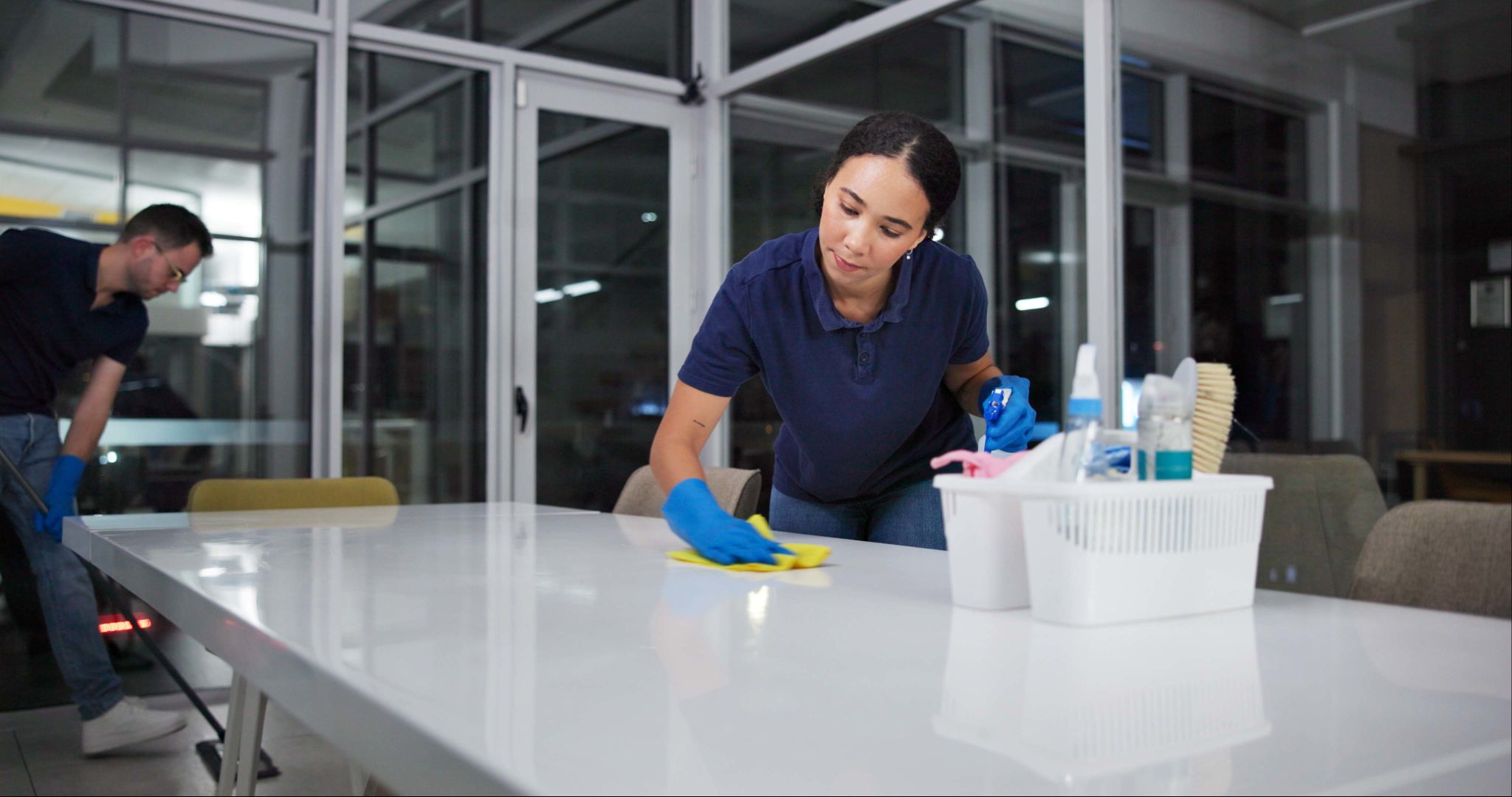Understanding the Environmental Impact of Surface Treatment Processes
Introduction to Surface Treatment Processes
Surface treatment processes are vital in various industries, enhancing the durability, appearance, and functionality of materials. These processes, however, can have significant environmental implications. Understanding these impacts is crucial for developing sustainable solutions and minimizing ecological footprints.

Common Types of Surface Treatment
Surface treatment encompasses a variety of methods, including coating, painting, anodizing, and electroplating. Each technique involves different chemicals and processes that can affect the environment in diverse ways. Understanding these differences is key to assessing their environmental impact.
For instance, electroplating uses metals like chromium and nickel to coat surfaces, often involving toxic chemicals and producing hazardous waste. Similarly, anodizing processes can result in the release of harmful substances like sulfuric acid into the environment.
Environmental Concerns
Surface treatment processes can cause several environmental issues. The most notable concerns include:
- Air Pollution: Volatile organic compounds (VOCs) and other emissions from painting and coating processes contribute to air pollution.
- Water Contamination: Wastewater from surface treatment facilities can carry heavy metals and toxic chemicals, posing risks to aquatic ecosystems.
- Soil Degradation: Improper disposal of waste byproducts leads to soil contamination, affecting local biodiversity.

Regulatory Frameworks and Compliance
Governments worldwide have implemented regulations to mitigate the environmental impact of surface treatment processes. Compliance with these regulations is essential for businesses looking to operate sustainably. Key regulations include restrictions on VOC emissions and guidelines for waste management.
Additionally, many industries adopt voluntary standards and certifications that promote environmentally friendly practices. These frameworks encourage companies to innovate and invest in cleaner technologies.
Sustainable Alternatives
The industry is increasingly exploring sustainable alternatives to traditional surface treatment methods. Options like water-based paints and powder coatings offer reduced environmental impact compared to solvent-based products. Moreover, advancements in technology have led to the development of more efficient systems that minimize waste and energy consumption.

Transitioning to these sustainable practices can significantly decrease the ecological footprint of surface treatment processes, benefiting both the environment and business operations in the long term.
The Role of Innovation
Innovations in surface treatment are driving the industry towards greener solutions. Research and development efforts are focusing on creating biodegradable materials and alternative chemical formulations that are less harmful to the environment.
Furthermore, digital technologies such as automation and real-time monitoring can improve the efficiency of surface treatment processes, reducing resource consumption and waste production.
Conclusion
The environmental impact of surface treatment processes is a critical concern that requires attention from industry stakeholders. By understanding these impacts and embracing sustainable practices, businesses can contribute to a healthier planet while maintaining their competitive edge. Through regulatory compliance, innovative solutions, and a commitment to sustainability, the industry can make significant strides towards reducing its ecological footprint.
